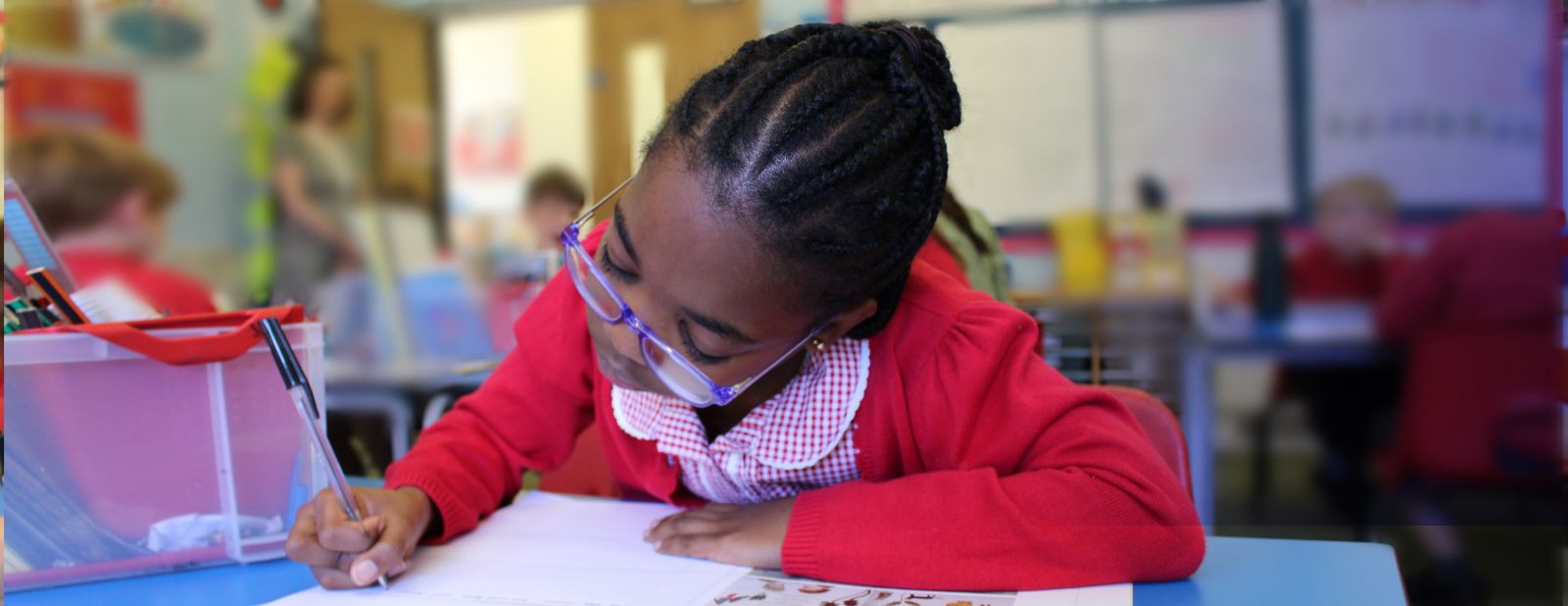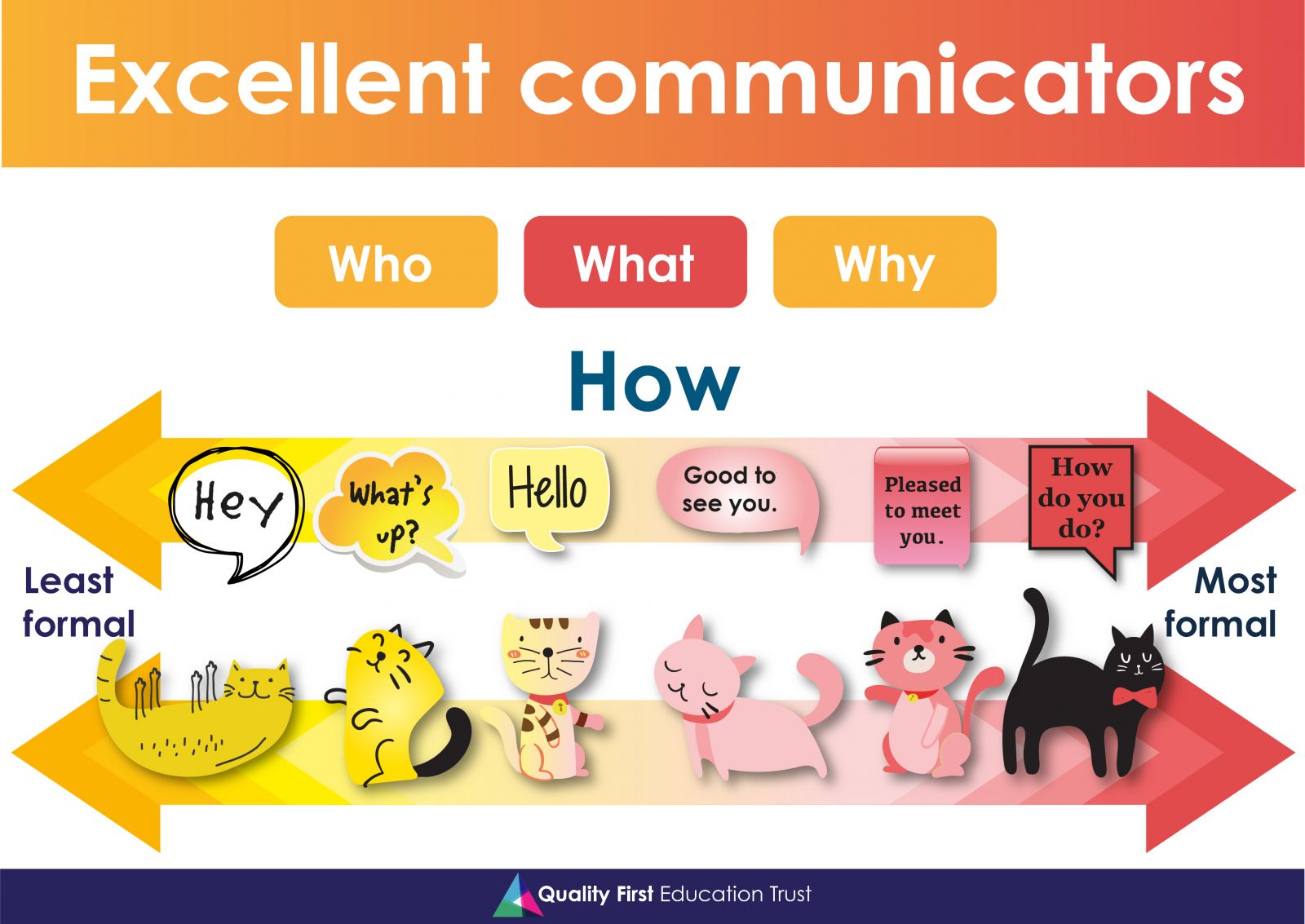
Our aim is for all children to be excellent communicators both in spoken and written language.
At Churchfields, we have a high quality writing curriculum that meets and aims to exceed the requirements of the National Curriculum. We aim for all children to write both creatively and academically. We start all writing by making sure our children have something worthwhile to say and have time to develop the appropriate language and structures to do so effectively.
Being an excellent communicator starts with spoken communication so our children are writers from the very start of their time with us. “If you cannot say it, you cannot write it."
The programmes of study for writing at Key Stage 1 and 2 comprise of two key areas:
- Transcription (spelling and handwriting)
- Composition (articulating ideas and structuring them in speech and writing)
It is essential that pupils’ competence develops in both of these two areas. In addition, pupils are taught how to plan, revise and evaluate their writing.
- Writing down ideas fluently depends on effective transcription: that is, on spelling, quickly and accurately throughly knowing the relationship between sounds and letters (phonics) and understanding the morphology (word structure) and orthography (spelling structure) of words.
- Effective composition involves forming, articulating and communicating ideas, and then organising them coherently for a reader. This requires clarity, awareness of the audience, purpose and context, and an increasingly wide knowledge of vocabulary and grammar. Writing also depends on fluent, legible and eventually, speedy handwriting.
Our writing progression document
Aims of the subject
Our aims in teaching English are to set high expectations matched to the ability of children and to provide equal opportunities for all children:
- To develop the necessary skills to use language confidently, appropriately and accurately
- To be able to speak clearly, fluently and cogently
- To be able to listen to the spoken word attentively with understanding and pleasure
- To be able to read a range of materials fluently and with understanding for enjoyment and for information
- To be able to write effectively for a range of audiences and purposes using spelling, punctuation and syntax accurately and confidently and to develop fluent and legible handwriting





.jpg)